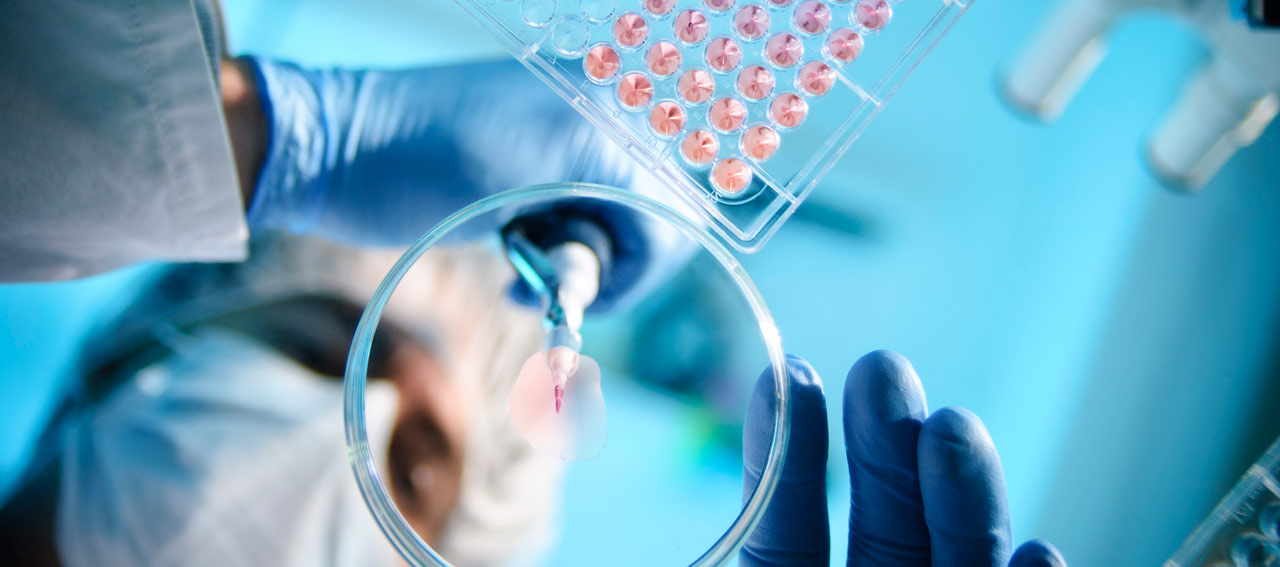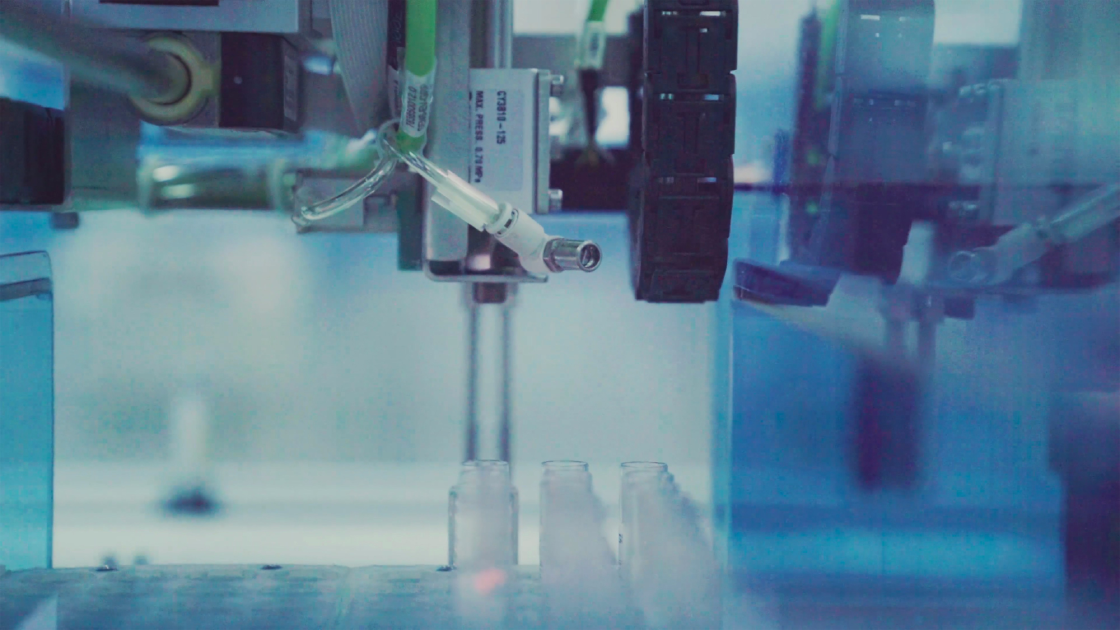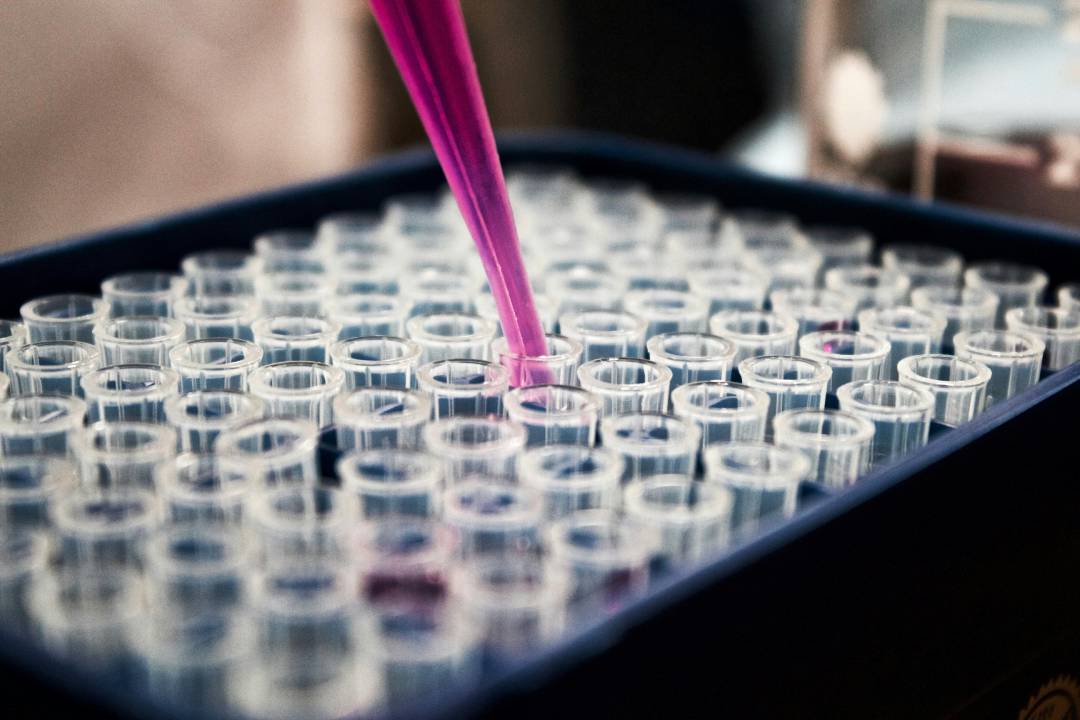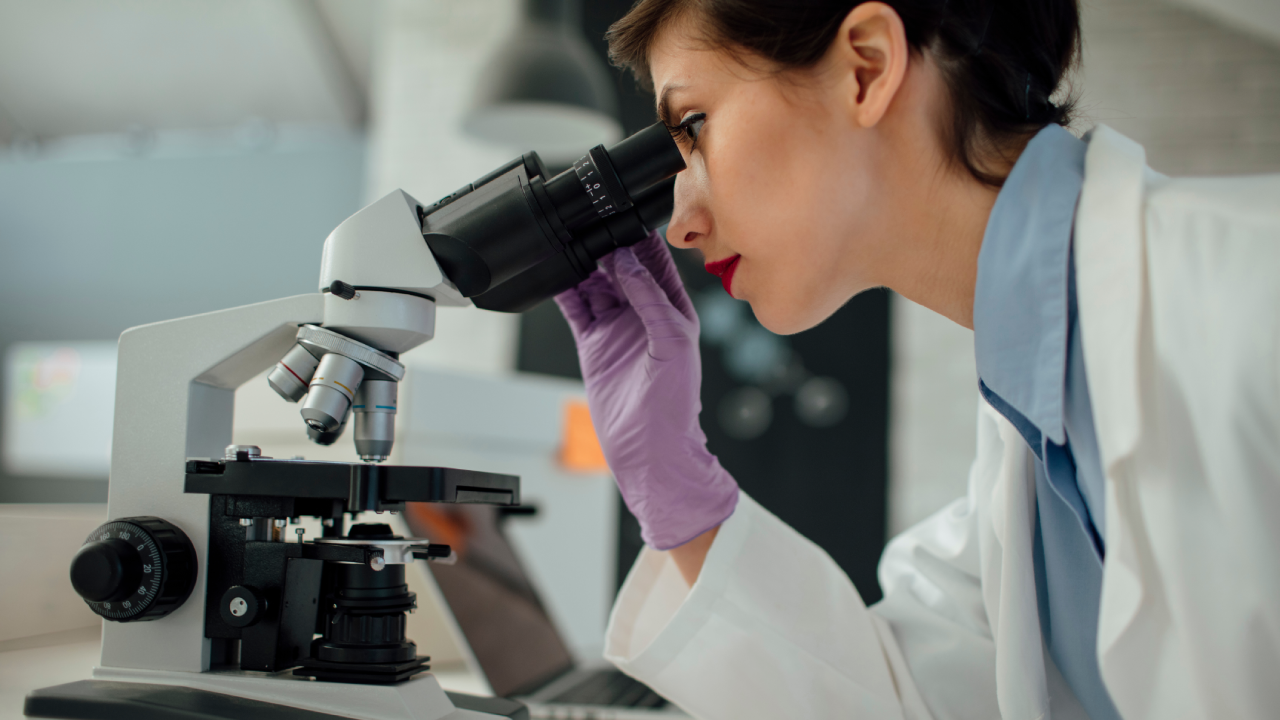The Product Liability Directive (PLD) was introduced in 1985 by the European Commission with the aim of maintaining a fair balance between the interests of consumers and of producers.
New technologies, market forces and consumer-focused considerations prompted a revision of the existing legislation, the wording of which was adopted by the European Parliament in March 2024. Final approval is expected from the European Council this year. Once in force, EU member states will have two years to implement the new PLD into national law.
The new PLD introduces significant changes which may impact life science companies based in or that export to Europe, in particular those that manufacture pharmaceuticals, medical devices and HealthTech products. In this article, we consider the key provisions of the new PLD that businesses and their insurance brokers should be aware of.
1. Expansion of key provisions and definitions
The new PLD has a number of expanded provisions and definitions:
Product. Includes software, AI and AI-enabled products or systems. However, free and open-source software developed or supplied outside of commercial activity is excluded.
Damage. Includes medically recognised damage to mental health, and the destruction or corruption of data.
Economic operators. The list of potentially liable defendants is expanded to include online marketplaces, fulfilment service providers and authorised representatives, as well as any company that significantly refurbishes or modifies a product outside of the manufacturer’s control.
“Long stop” limitation period for latent harms. Increased from 10 to 25 years.
Claim limits. The new PLD removes the minimum and maximum limits for claims.
These significantly widen the scope for potential product liability claims to be brought against a broader range of life sciences companies, particularly start-ups and those that sell products online.
2. Disclosure of evidence
In several EU countries there are currently limited rules regarding the disclosure of evidence. However, the new Product Liability Directive (PLD) introduces a disclosure regime that grants claimants access to evidence if they can provide supporting facts and evidence for their compensation claim. Under this regime, the defendant, e.g. a life science company, must disclose evidence that is relevant and proportionate to the claim, adhering to national laws.
During and after the legal proceedings, only confidential information and trade secrets will be protected. Unfortunately, there isn't a specific provision in place to safeguard intellectual property (IP) and privileged information. However, there may be protections available under national laws.
These new disclosure rules are expected to have a significant impact on life science companies. Not only do they create an administrative burden of locating and providing documentation related to a product, but there are also concerns about potential threats to IP.
3. Assessing defect: new circumstances to consider
The revised directive emphasises the importance of safety in determining product defectiveness. Courts will now take into account factors such as product recalls, safety interventions and relevant cybersecurity requirements when assessing a product's safety.
For companies in the medical device, pharmaceutical, and HealthTech industries, strict compliance with safety regulations will be crucial in mitigating liability risks. By prioritising and maintaining compliance with these regulations, companies can effectively manage their liability exposure.
4. Rebuttable presumption of defect
Claimants are required to prove that the product is defective, that they have suffered damage and that the defect caused the damage. However, the new PLD also provides a rebuttable presumption of defect and/or causation, in certain circumstances.
A presumption of defect may happen when:
- A defendant fails to disclose relevant evidence.
- The claimant demonstrates non-compliance with mandatory product safety requirements.
- The claimant demonstrates that the damage was caused by an obvious malfunction of the product during reasonably foreseeable use.
If a defect is proven, causation can be assumed if the resulting damage aligns with the typical consequences of that defect.
In situations involving technical or scientific complexity, the burden of proof may shift to the defendant. While the PLD does not define "technical or scientific complexity," national courts will determine it on a case-by-case basis. This provision is expected to impact life science companies, including those in pharmaceuticals, medical devices, and technology-driven products. It is crucial to note that products may be deemed defective, even if their misuse is not unreasonable under the circumstances.
These provisions signify a de facto reversal of the burden of proof and have significant implications for life science companies. Understanding and addressing these implications is essential to managing potential risks associated with product liability.
5. Representative Actions Directive
The EU’s Representative Actions Directive (RAD), which came into effect in June 2023, enables consumers in the EU to bring collective or group actions from alleged infringements of EU law, such as the new PLD. This legislation, combined with the rise of third-party litigation funders in the UK and EU, means that it is likely that we will see an increase in group product liability actions in the coming years.
What does this mean for Life Science companies?
The new PLD combined with the RAD will have more significance for life science companies than those in other industries. This is for a number of different reasons. Under the original PLD, the complexity of life science products meant that they were difficult to litigate, which was a barrier to entry for individual plaintiffs. However, the new PLD will mean that product liability claims are more accessible, as the burden of proof will shift to the defendant, i.e. the life science company. The RAD will facilitate this by enabling claimants to join group action lawsuits, resulting in greater numbers of claims that will need to be defended more robustly. We can look to the US for evidence of this: mass tort trends indicate that medical device manufacturers and pharmaceutical companies account for four of the five largest mass tort cases in 2024 1
There are other ways in which life science companies will be adversely impacted by the PLD changes. The complexity of life science products and sometimes the lack of clear causality means litigation can be long, complex and expensive. With the new PLD’s reversal of the rebuttable presumption of defect, litigation costs may be further increased. As medical products tend to be used for a longer period of time than products manufactured in other industries, the new PLD’s extension of the “long stop” limitation period to 25 years will increase the possibility of claims occurring over a longer period of time, and cases from the 2000s onwards being litigated now.
With the significant changes coming in the new PLD, it will be vital for life science companies to plan for higher numbers of product liability claims, their related costs, and the significant administrative burden that they will cause. Crucially, Life Science businesses and their insurance brokers should work closely with their insurance carriers to identify and manage the liability risk.
Specialising in Life Sciences for over 25 years, Chubb offers specialist products, supported by underwriters, risk engineers and claims handlers who are industry specialists. From product liability and clinical trials to professional indemnity, and property insurance to cyber and marine, we have it covered. We can support from the early R&D phase through to complex multinational. Contact us today to learn how you can partner with us to utilise our expertise and experience with the life sciences.
1 Most Active Class Action Mass Torts in 2024, Lawsuit Information Center, 2 June 2024.
All content in this material is for general information purposes only. It does not constitute personal advice or a recommendation to any individual or business of any product or service. Please refer to the policy documentation issued for full terms and conditions of coverage.
Chubb European Group SE (CEG) is an undertaking governed by the provisions of the French insurance code with registration number 450 327 374 RCS Nanterre. Registered office: La Tour Carpe Diem, 31 Place des Corolles, Esplanade Nord, 92400 Courbevoie, France. CEG has fully paid share capital of €896,176,662. UK business address: 40 Leadenhall Street, London, EC3A 2BJ. Authorised and supervised by the French Prudential Supervision and Resolution Authority (4, Place de Budapest, CS 92459, 75436 PARIS CEDEX 09) and authorised and subject to limited regulation by the Financial Conduct Authority. Details about the extent of our regulation by the Financial Conduct Authority are available from us on request.
Insights and expertise














